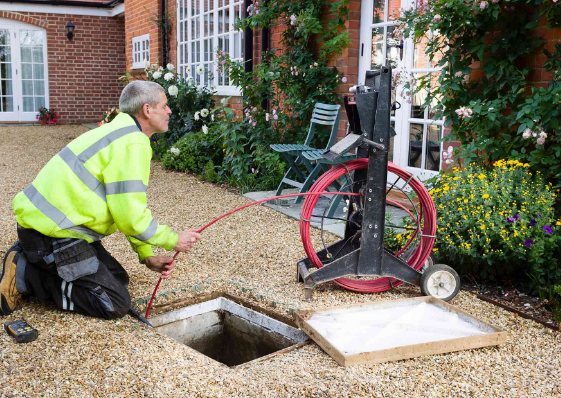Everything You Need to Know About Home Fence Installation
Installing a new fence for your home provides numerous benefits for your family. From increased privacy and security to sheltering gardens and landscaping, a fence can transform your yard into a comfortable retreat.
Before starting your fence project, you should have a property survey done by a licensed land surveyor to establish your property lines. Also, make sure to contact 811 to mark any underground utility lines.
Identify Your Property Lines
Homeowners must understand their property lines when building a fence because they may encroach on a neighbor’s land if the fencing extends too far. It can result in fines or other legal action if discovered after the fact, so figuring out your boundaries is critical.
While hiring a professional surveyor for this task would be best, the process isn’t as expensive as you might think. You can find much of the information you need by reviewing your deed and the plat map that translates into a simple, easy-to-read document.
You can also look for clues to your property lines by examining iron property stakes, concrete markers, or existing fences on either side of the yard and walking the perimeter with a compass. It’s also a good idea to review your town or city regulations regarding fencing, as some areas have restrictions on how close a fence can be to a property line and even the height allowed for a home fence.
Measure Your Yard
A fence around your property can be a great way to keep your pets and children safe, protect your plants from unwanted visitors, and add privacy to your outdoor activities. However, deciding why you want a fence and what type will be best for your home is essential.
The next step is determining where you’ll put the fence and measuring your yard. It will help you choose the suitable materials and ensure the fence is built to your specifications.
Use stakes to mark the corners of your yard and run a string line across them to get a precise measurement. Measuring more than once is essential, as is stretching your tape tight to avoid length discrepancies.
Also, identify underground utilities like gas, electric, and cable lines. It will save you time and money and ensure your new fence doesn’t interfere with these lines. Usually, utility companies will come out and mark where these lines are free of charge.
Find a Contractor
As you narrow down your choices, look for a contractor specializing in home fence installation in Forest Lake, IL, who can offer a warranty on their work. They should also be licensed by the NYC Department of Consumer Affairs and carry workers’ compensation and general liability insurance.
Ask your family and friends for recommendations or look up online reviews to find a good fencing company. It will help you make a more informed decision and choose a reliable company. One or two bad reviews aren’t necessarily a red flag, but numerous negative comments could indicate that the company tends to cut corners on materials or artistry.
Ensure the contractor walks your yard, measures, and provides a written quote with all costs. It will help you avoid overcharges later on in the project. Also, find out who will be responsible for contacting utility companies and whether this responsibility is something the contractor handles or you do as the homeowner. Ensuring your new fence won’t interfere with existing underground pipes or cables is crucial.
Select Your Materials
The suitable fence material will help you meet your home’s fencing needs, from securing your property and providing privacy to deterring crime and enhancing curb appeal. Some materials, such as vinyl and aluminum, are virtually maintenance-free. Others, such as wood and wrought iron, can be durable and offer a classic style.
Considering how much time you will put into maintaining your fence is also essential. Some materials, like steel chain link and aluminum, require minimal effort in terms of cleaning, while wrought iron and wood will have higher maintenance requirements.
Another thing to remember is the climate; some materials hold up better against the elements than others. For example, cedar and teak are durable materials that resist warping and shrinking. They’re expensive, however, so it’s essential to consider the ROI before purchasing.






